Pinguicula elizabethiae
TaxonomyPermalink
- Family : Lentibulariaceae
- Genus : Pinguicula
- Name : Pinguicula elizabethiae
- Sub-classification (Casper) : link
- Publication : Dr Sergio Zamudio
- “Pinguicula elizabethiae una nueva especie de la section Orcheosanthus (Lentibulariaceae) de los estados de Hidalgo y Queretaro, Mexico”, Acta Botanica Mexicana, 47, pages 15 to 22, 1999.
- Etymology: The name of the plant referred to Mrs Elizabeth Argüelles, a Botanist that studied the flora from Queretaro state and a personal friend of the Author he wanted to honorate.
Description (by Dr Sergio Zamudio in publication)Permalink
Herba perennis. Folia radicalia rosulata, in duabus seriebus disposita folia hiemalia (45) 60 - 125, spathulata vel oblongo-spathulata, 5 - 17 mm longa, 2 - 4 mm lata, obtusa, dense vestita, longe ciliata, ciliis 5 - 10 mm longis folia aestivalia 5 - 6 (12), obovato-spathulata usque ad suborbiculato-spathulata, margine leviter involuta, superne glandulis sessilibus et glandulis stipitatis dense vestita, (35) 50 - 72 mm longa, (10) 25 - 53 mm lata petioli dense et longe ciliati, ciliis 5 - 10 mm longis. Pedunculi 1 - 5, erecti, teretes, glandulosi. Flores 36 - 46 mm longi (calcare incluso). Calyx bilabiatus, glandulis stipitatis tectus labum superum profunde tripartitum, lobis lanceolatis vel oblongis, 1.5 - 2.5 (3.5) mm longis, 1.0 - 1.7 mm latis labium inferum usque ad 1/2 - 1/3 longitudinis bilobum, lobis lanceolatis vel oblongis, 1.5 - 2.5 mm longis, 1.0 - 1.5 mm latis. Corolla profunde bilabiata, rubro-purpurea, fulgida, labium superum bilobum, lobis late obovatis usque ad suborbiculatis, 6.5 - 10.0 mm longis, 7.0 - 10.5 mm latis, labium inferum trilobum, lobis late obovatis usque ad suborbiculatis, 7 - 13 mm longis 7 - 13 mm latis. Tubus brevissimus, late infundibuliformis, 4 - 5 mm longus, sine palato, intus pilosus, pilis clavatis usque ad cylindrico-subulatis. Calcar terete-subulatum, (15) 20 - 28 mm longum, intus pilosum, pilis subulatis. Stamina ca. 2 mm longa. Capsula subglobosa, (1.7) 2.5 - 3.0 mm longa, 2.0 - 3.7 mm lata. Semina innumerabilia, oblongo-fusiformia, 08 - 1.0 mm longa, ca. 0.2 mm lata, spiculata.
Origin and HistoryPermalink
P. elizabethiae was discovered in 1990 during the investigations on the ecological impact of the future building of the Zimapan dam on the Moctezuma canyon. For memory, this is also during the same investigations that was discovered Pinguicula moctezumae.
These plants were identificated as P. cyclosecta according to Casper. The author of the publication compared this species with the related ones : P. colimensis and P. cyclosecta and finally noted that it was a new species.
Location / MapPermalink
- Pinguicula elizabethiae can be found in the canyon of the Rio Moctezuma, state of Hidalgo.
- In Queretaro state (Rio Moctezumae is the frontier between Queretaro state and Hidalgo State), around the road of San Joaquin, Municipality of Cadereyta.
(click on the map for better location and relief map)
HabitatPermalink
P. elizabethiae grows on mosses, with Selaginella lepidophylla, Notholaena sp. and Cheilanthes sp. with a vegetation of matorral submontano. At altitudes between 1000 to 1600m.
P. elizabethiae grows on very inclined slopes of “rocas lutitas calcareas” that are, indeed, sedimentary rock composed largely of clay particles of varying sizes.
Temperature and PrecipitationPermalink
Click on the graph to enlarge and see the graph of normal precipitation and normal average temperatures. Normal values are 30-year averages for the period 1961 to 1990. The weather stations are grouped by region (see map of weather stations).
Introduction to HorticulturePermalink
This species has just entered culture in Germany…More soon.
Growth and PropagationPermalink
(North hemisphere, France near Paris, in a polycarbonate greenhouse - see the map
Life CyclePermalink
The life cycle observed for this Pinguicula consists of two seasons, one wet and the other dry (see link). The plant forms different leaf rosettes according to the season. During the resting months (winter) the small succulent rosette is composed of numerous non-carnivorous leaves. The carnivorous leaves are produced in spring and during all summer.
MediaPermalink
I will use a 100 % mineral media : 2 perlite, 2 vermiculite, 1 small sand (for aquarium), 1 fine white sand, 1 pouzzolane (volcanic lava), 1 aqualit (expansed ceramic for aquarium). The aqualit can be replaced by 1 of pouzzolane. Plants in this media grow slower but have a stronger root system.
PotPermalink
Plastic, colour terracotta, diameter 20cm, height 12cm for forming a colony.
CultivationPermalink
I think that a slightly airy situation inside the greenhouse is important to avoid air stagnation. For this reason, I use a fan 24h/24h all the year round.
Watering is very important : from May to September (summer). I let the media drying slightly between two watering. I use rain water poured on the top of the pot taking care not to wet the rosette. From October to April, It is important to let the media drying completely (no watering) but with an atmospheric humidity of about 80%.
The mentioned months are indicative and can change according to your own growing conditions. In fact, when this Pinguicula begins to produce its non-carnivorous leaves, you have to stop watering and let the pot drying out completely. Inversely, when the plant begins to produce in early spring its carnivorous leaves, you have to progressively start watering again the pot.
TemperaturePermalink
During growth period, day temperatures are about 25°C but may reach 35°C when the sun is shining on the greenhouse in spite of the use of shading covers. Night temperatures are around 20°C. During resting period : day/night ~~~~ over freezing point. Lower temperature observed : - 4°C. I use an electronic petroleum heater to provide heat.
Flowering PeriodPermalink
PropagationPermalink
no data
PicturesPermalink
| Pinguicula elizabethiae in habitat in Hidalgo. | |
|
P. elizabethiae flowering in habitat. Photo : F. Rivadavia |
P. elizabethiae in habitat. Photo : F. Rivadavia |
|
P. elizabethiae in habitat. Photo : F. Rivadavia |
|
| Pinguicula elizabethiae in culture. | |
|
P. elisabethiae in culture in Jan Flisek's collection Photo : Jan Flisek |
|
|
Close-up of the flower of Pinguicula cyclosecta, a related species in the same Orcheosanthus section as P. elisabethiae Photo : Serge Mallet - - |
Close-up of the flower of Pinguicula colimensis, a related species in the same Orcheosanthus section as P. elisabethiae Photo : Oliver Gluch |
|
P. elizabethiae flowering in culture. Photo : Oliver Gluch - September 2004 - |
P. elizabethiae flowering in culture. Note the close similarity with P. colimensis. Photo : Oliver Gluch - September 2004 - |
|
P. elizabethiae in culture during the growing season Photo : Markus Welge |
P. elizabethiae in culture with a flower bud. Photo : Markus Welge |
|
|
Matorral submontano in Mexico |
Matorral submontano in Mexico. This image in its original context, on the page : |
|
Musgos (mosses) This image in its original context, on the page : |
Musgos (mosses) This image in its original context, on the page : |
|
Notholaena sp. in Vera Cruz, Mexico. Photo : Dan Nickrent. This image in its original context, on the page : |
P. elizabethiae grows on very inclined slopes of calcareous claystones (rocas lutitas calcareas). |
Wonderfull view on the National Parc of "Los Marmoles" near Zimapan in Hidalgo State. Los Mármoles (National Park) This image in its original context, on the page : |
The impressive dam of Zimapan in the canyon of the Rio Moctezuma. |
Selaginella lepidophylla in habitat during dry season. Photo : copyright Heinz Hoock This image in its original context, on the page : |
Selaginella lepidophylla during dry season (left) and during wet season (right). When the plant dries out the branches curl up into a tight ball, but will unfold to fresh emerald-green when placed in water. It is commonly named "resurrection plant" or "Rose of Jericho". |
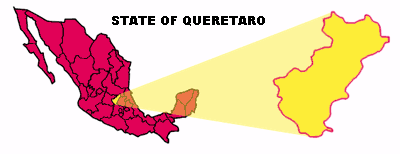
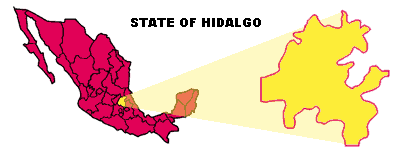
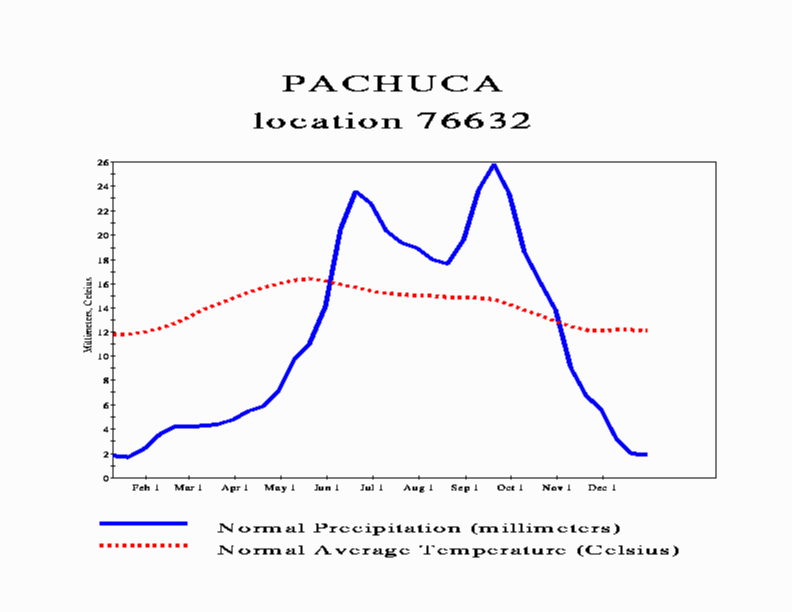
.webp)
.webp)
.webp)
.webp)
.webp)
.webp)
.webp)
.webp)
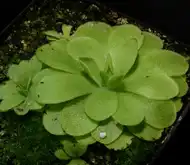
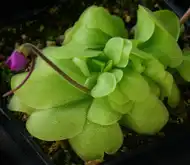

.webp)
.webp)
.webp)
.webp)
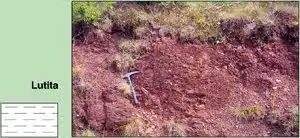
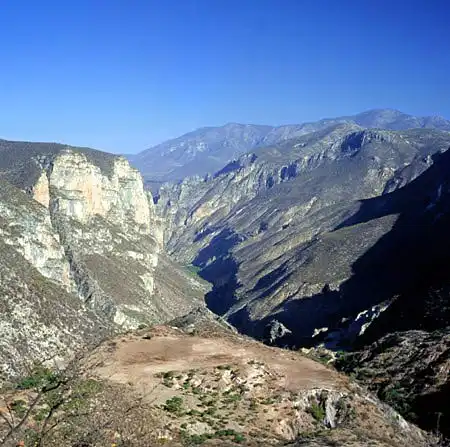
.webp)
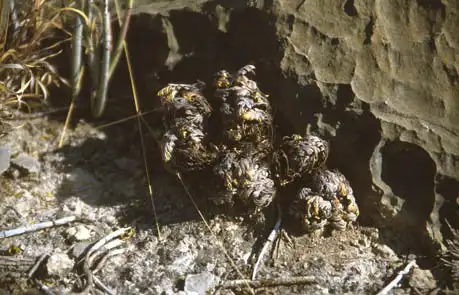
.webp)